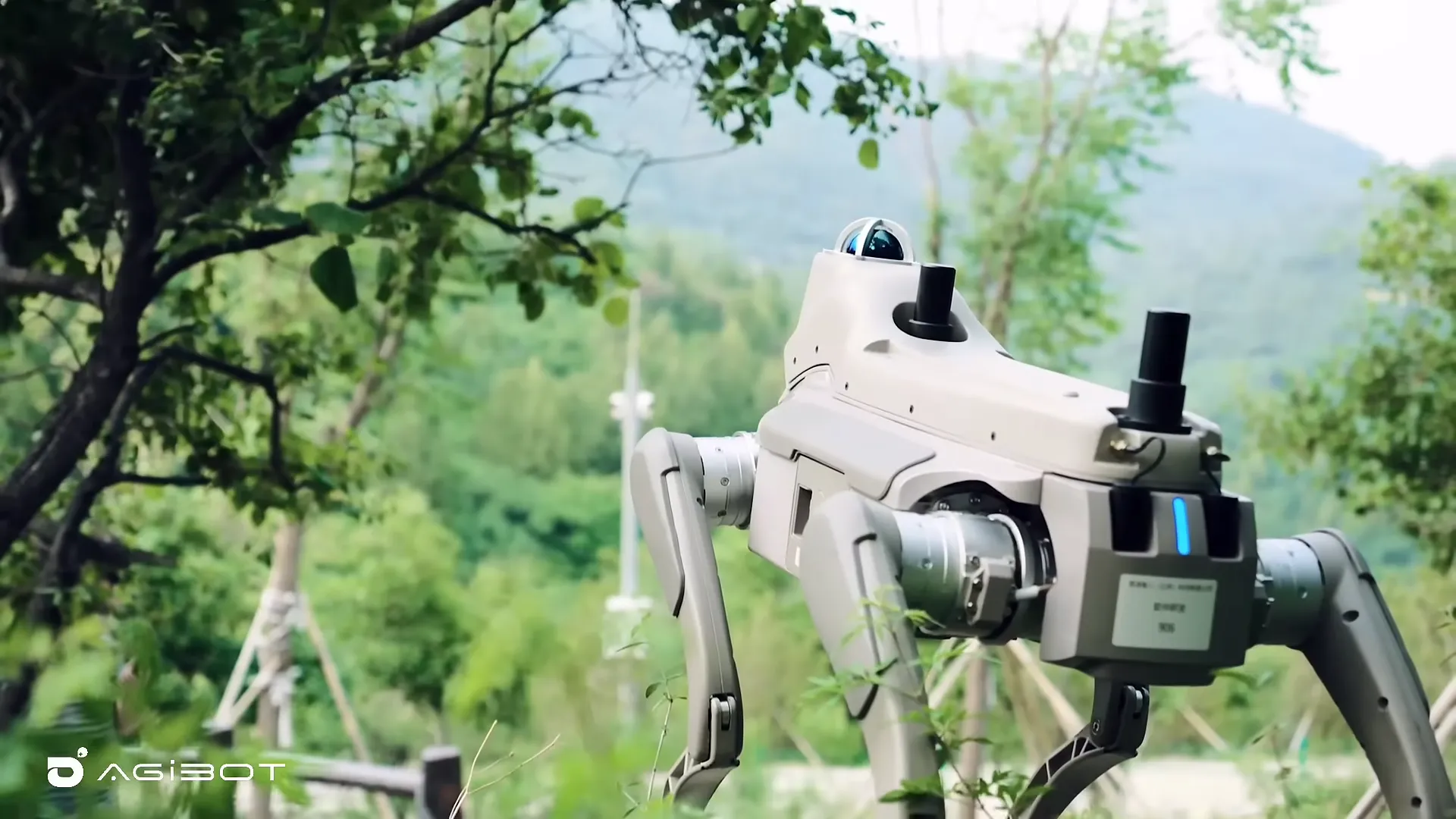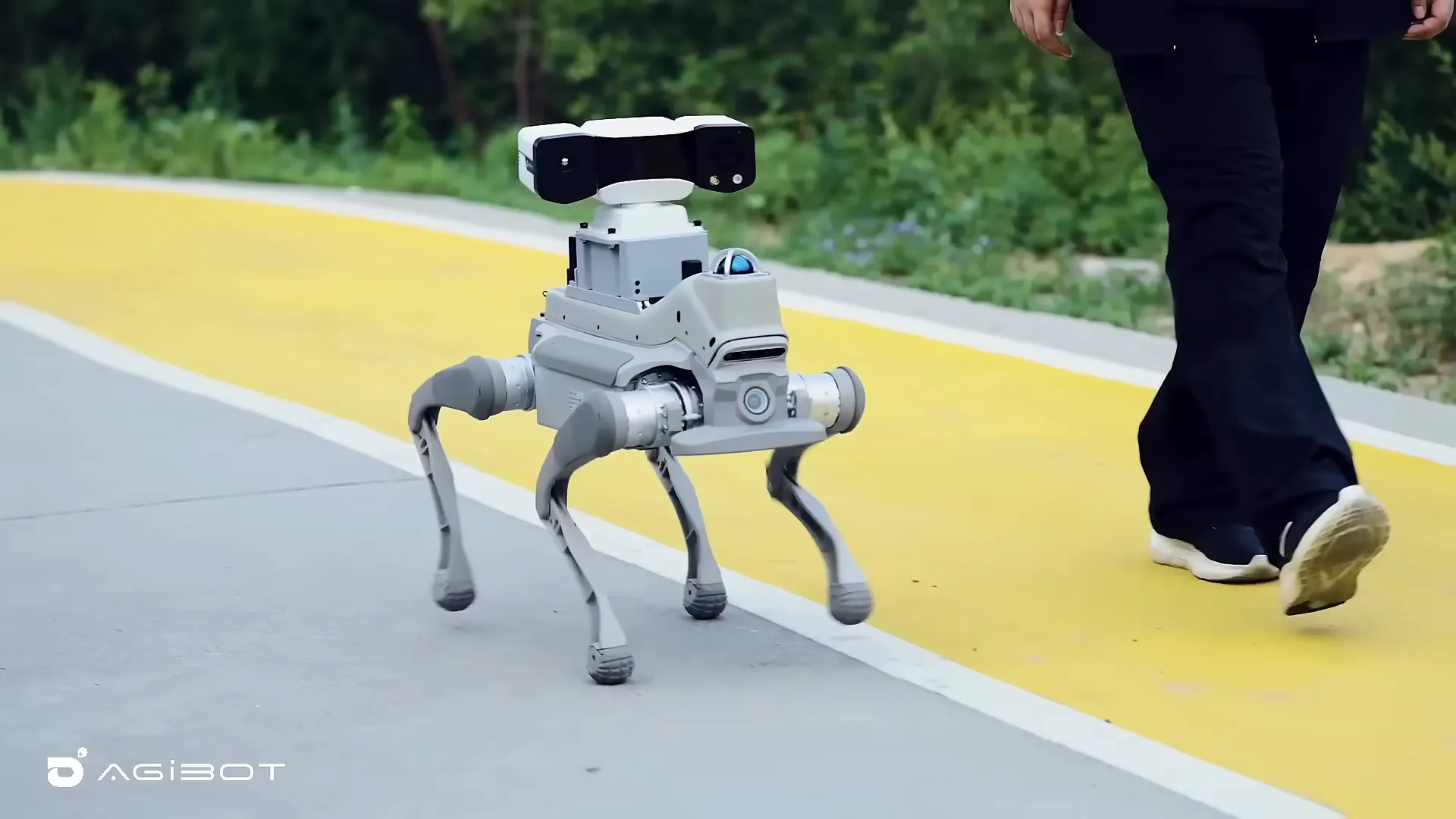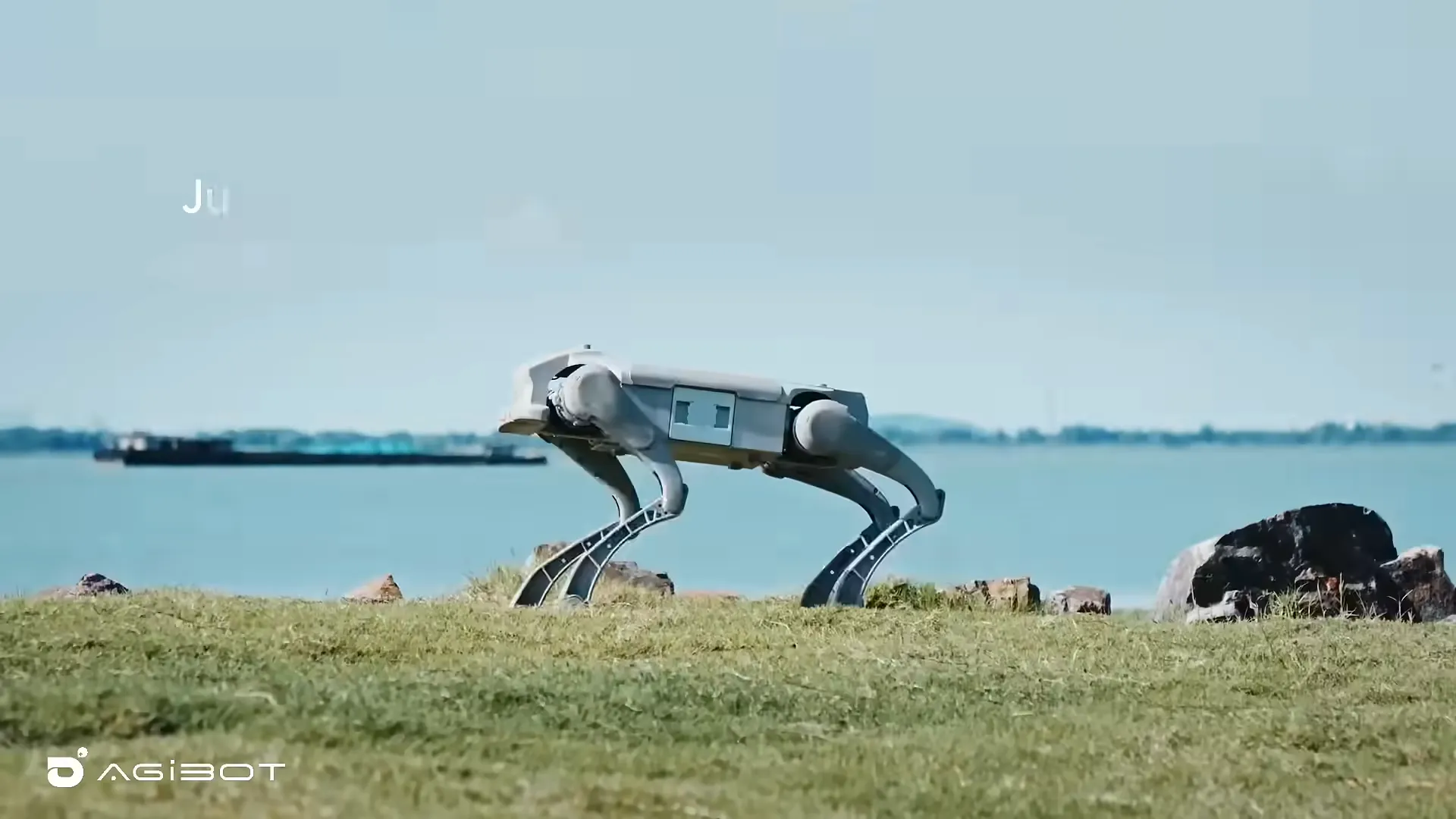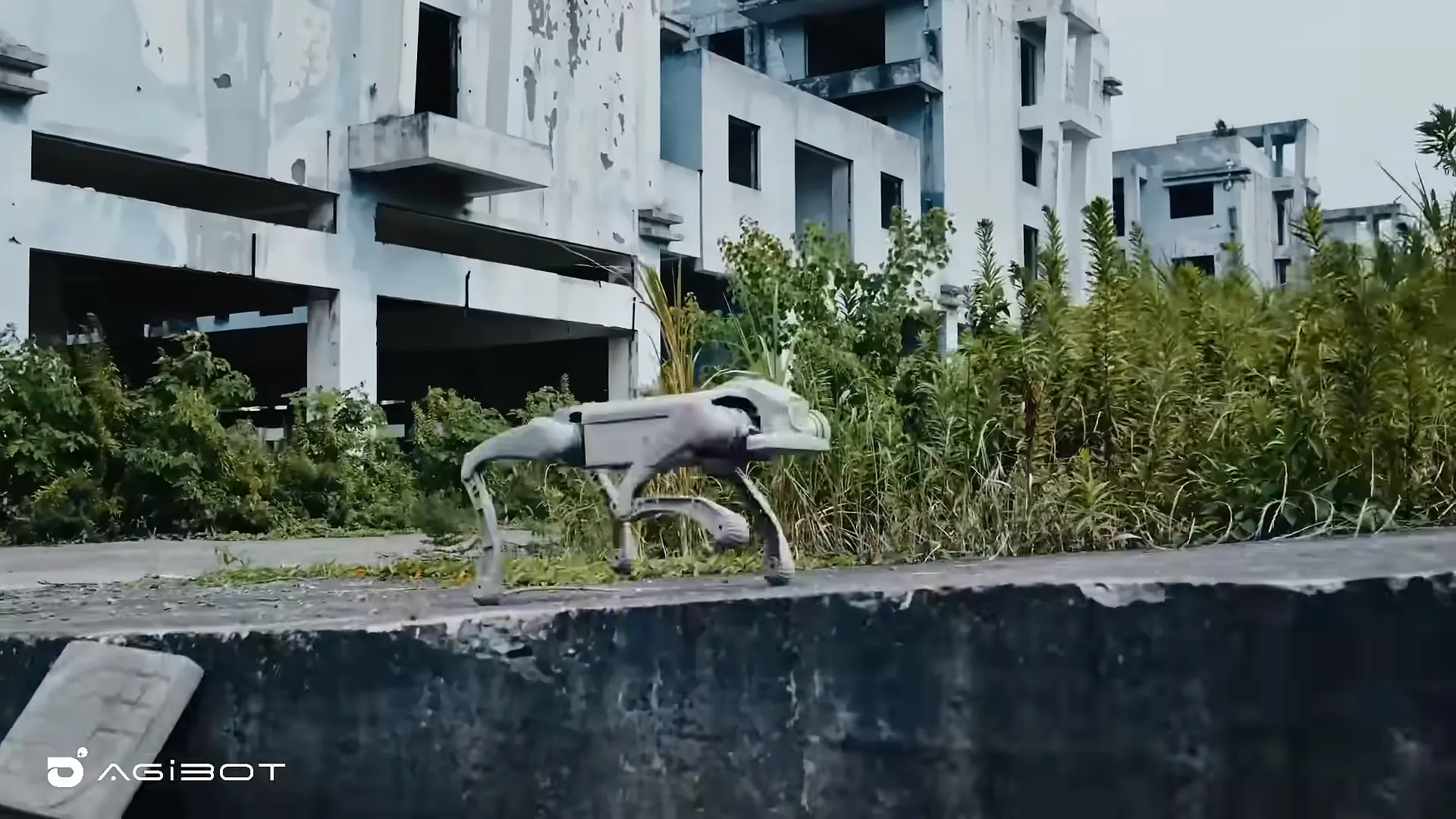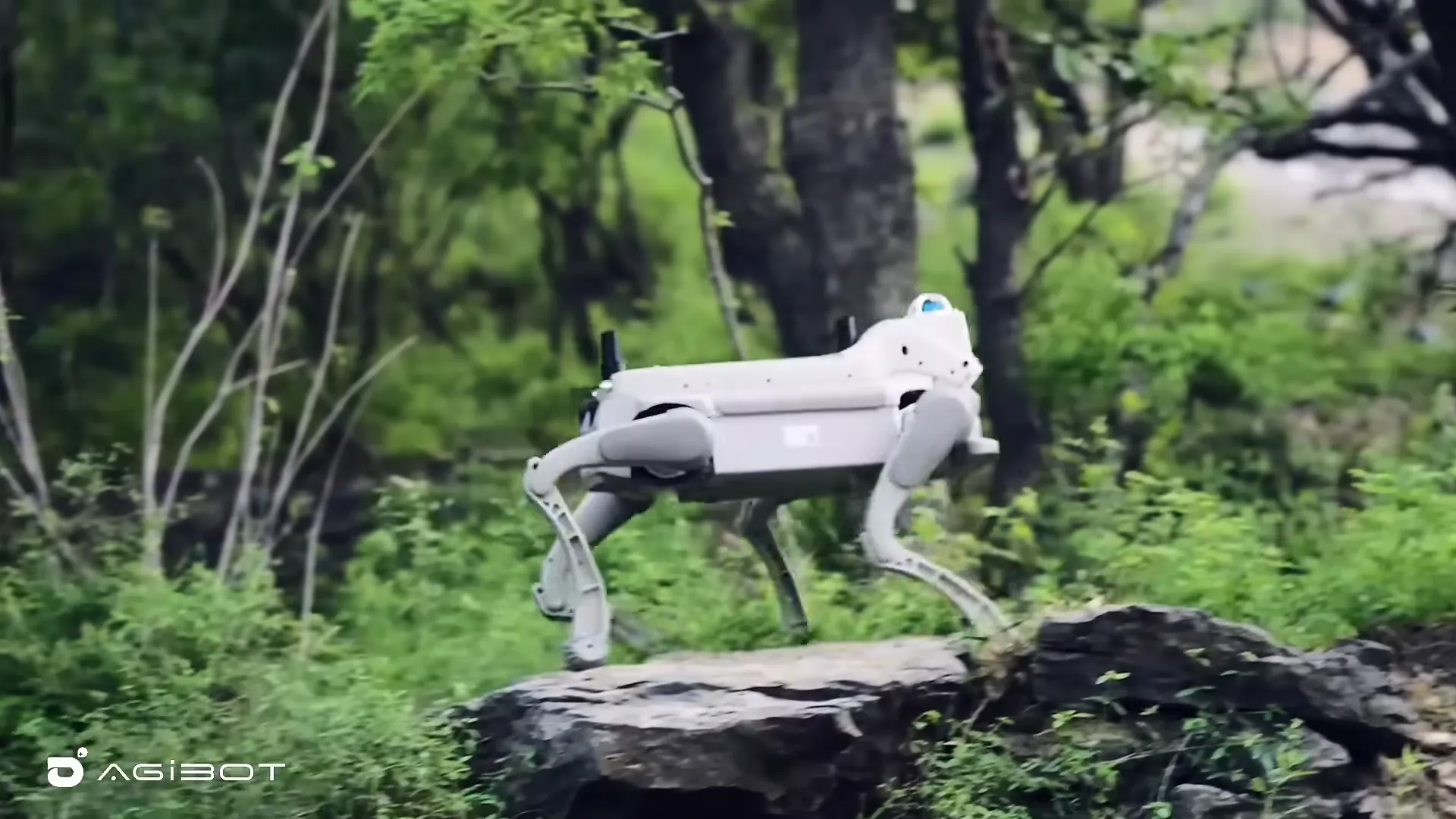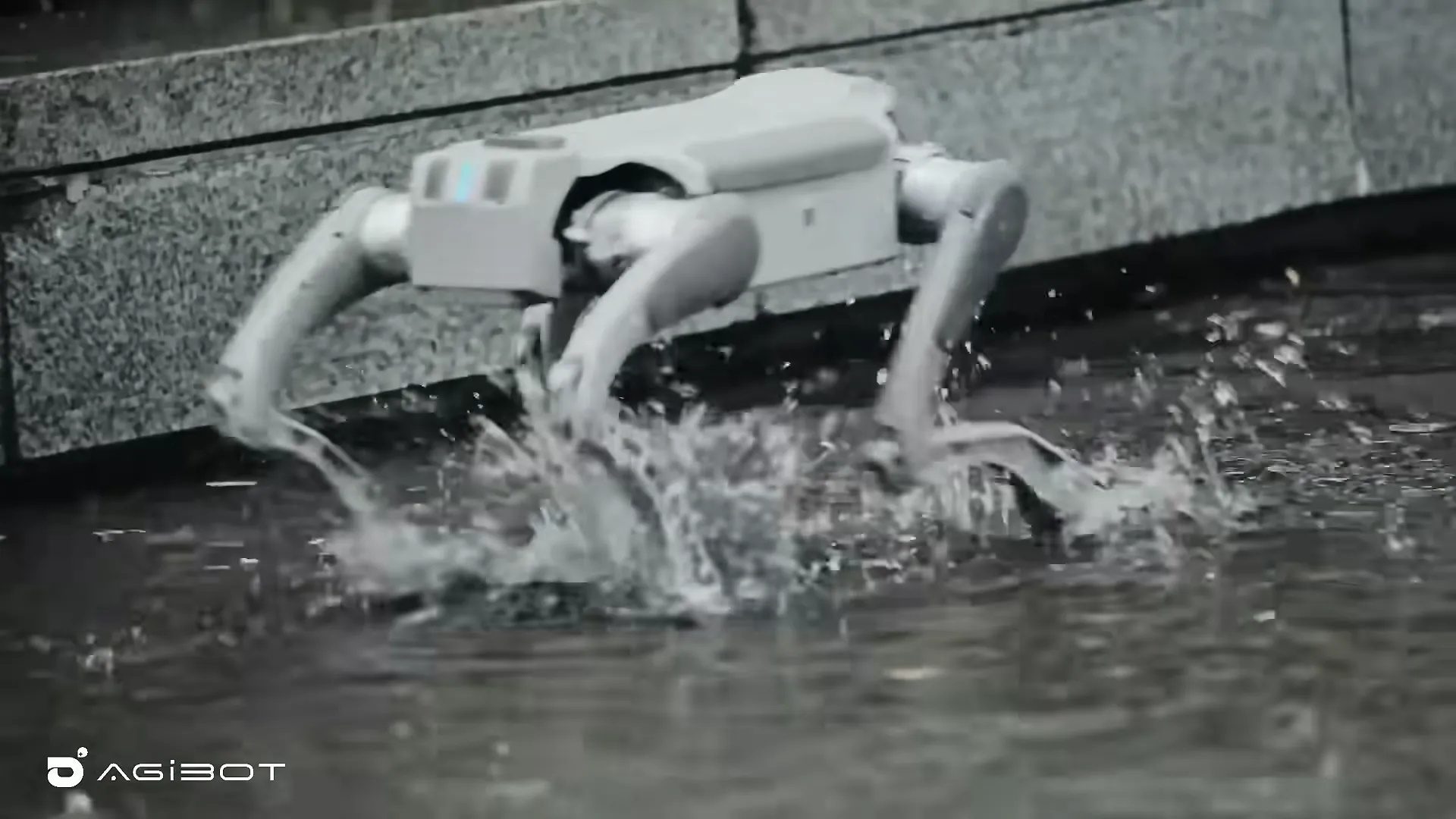Intro
The AgiBot D1 Ultra is fundamentally a modular, compact legged robot. Its form factor provides intrinsic stability superior to wheeled platforms in debris-laden or highly uneven industrial settings. The core of its design philosophy stems from AgiBot’s dedication to fusing mechanical design with intelligent control systems, creating a truly embodied AI platform. Given its industrial classification and high dynamic performance requirements (35 cm jump), the chassis and structural components must utilize advanced, high-strength, lightweight materials, likely engineered alloys or carbon fiber composites, to minimize inertia and maximize the robot's power-to-weight ratio. The compact nature of the D1 Ultra enhances its maneuverability within confined spaces, a necessity for inspecting complex machinery or piping networks.





